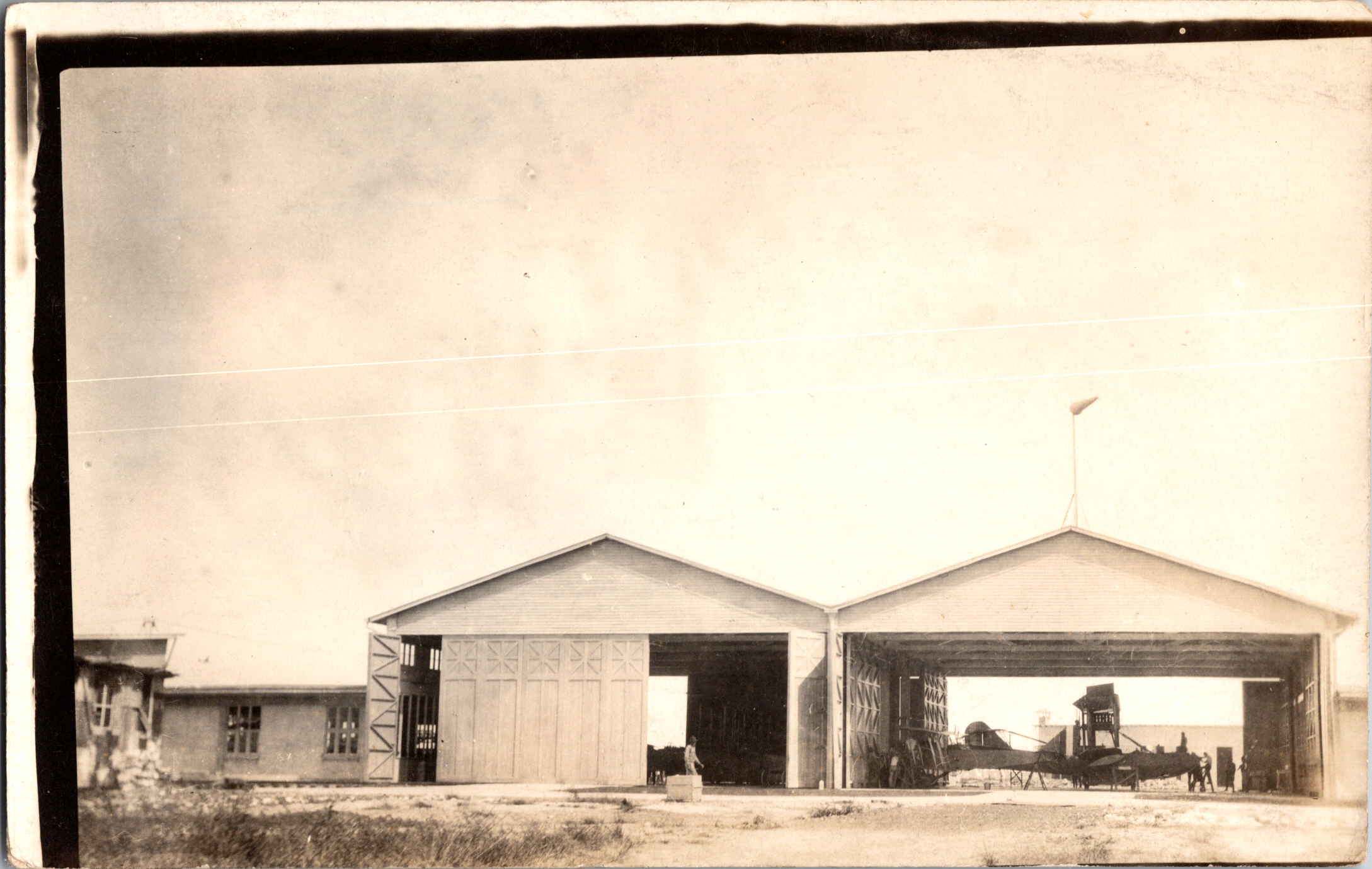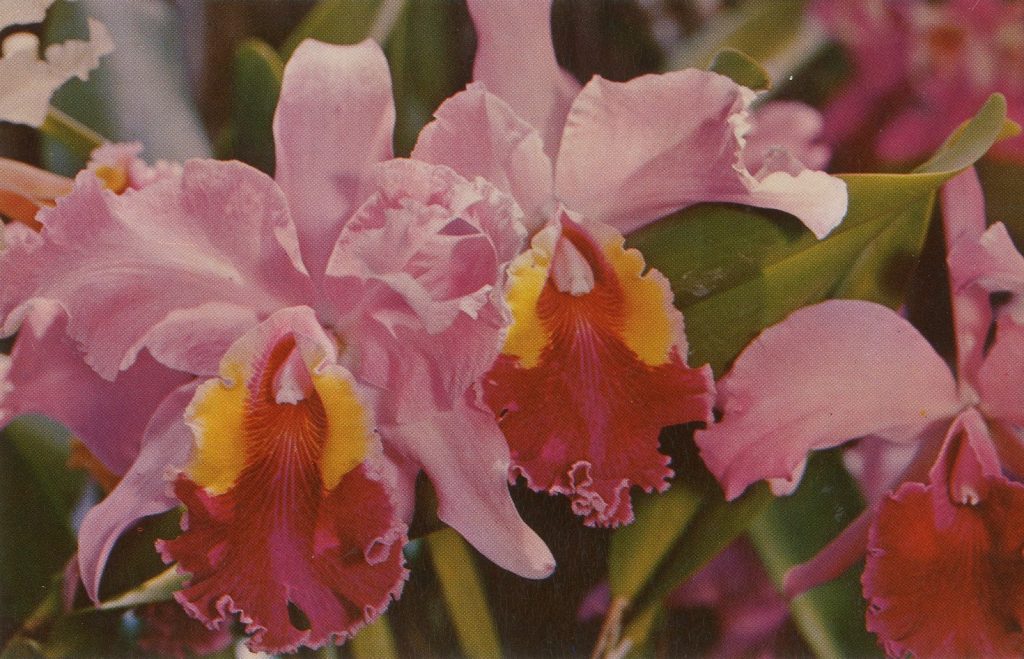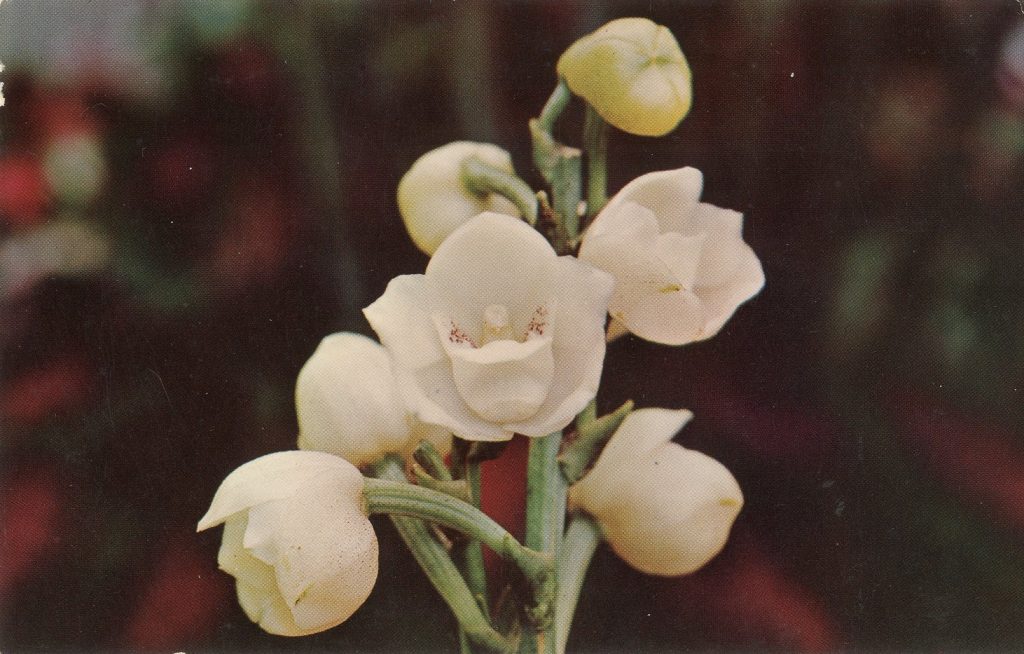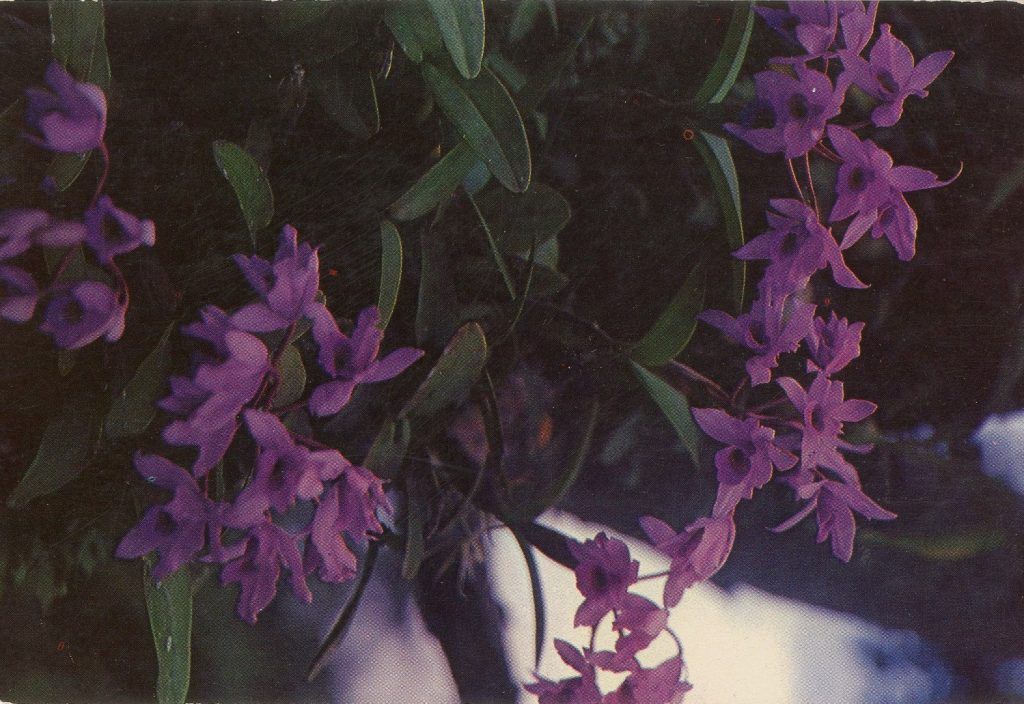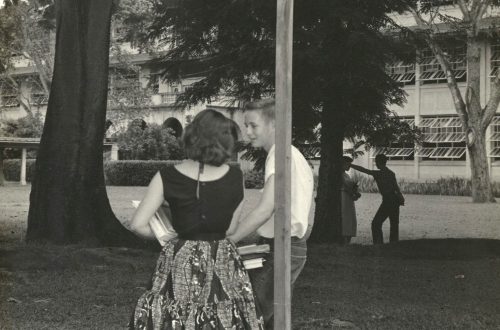-
Manhattan in Panama
Do you know anyone that is connected both to the Panama Canal and the Manhattan Project?
There are likely more but here are highlights from the lives of three individuals who were associated with both: Hartley Rowe, Colonel Elmer Ellsworth Kirkpatrick, and Katherine “Kitty” Oppenheimer.
Hartley Rowe
Hartley Rowe was an industrial engineer who worked on the construction of the Panama Canal from 1904-1908. He joined the Isthmian Canal Commission in November 1904 and transferred back and forth between the Panama Railroad and the Canal Commission as an Electrician. He managed a power plant in La Boca and was a resident engineer until 1919 when he returned to the United States after almost 15 years of continued service at the Canal. His work in 1912 included managing air compressor plants which were critical to powering the steam shovels digging the Canal.
Rowe belonged to the Society of the Chagres and is mentioned in their yearbooks, serving as a Vice President 1915-1916. https://ufdc.ufl.edu/aa00013083/00001 He was also an active member of the Panama Canal Society and appears often in their publication the Canal Record.
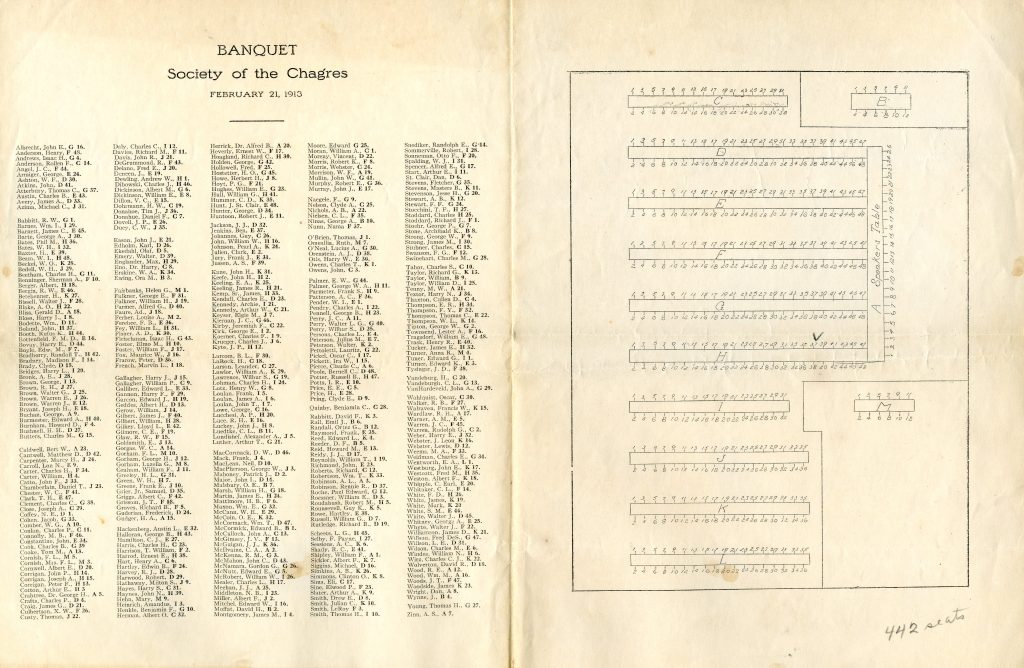
Seating Chart for the Society of the Chagres Banquet, February 21, 1913. 2011.021.013. Gift of Linda Adelsberger. The name Ben Jenkins is noted on the seating chart and he happened to be sitting right across the table from Hartley Rowe. Do you know who Ben Jenkins was? His travels through the Canal during his work for the United Fruit Company are well documented in the Panama American newspaper.


Panama American, June 6, 1926. Were any of your family members there?
Rowe joined the Manhattan Project in Los Alamos in 1944 and worked on the team transitioning the implosion program from weapons research to production.

General Advisory Committee of the Atomic Energy Commission in Santa Fe, NM, April 3, 1947. Left to Right: James B. Conant, J. Robert Oppenheimer, Brigadier General James McCormack, Hartley Rowe, John H. Manley, Isidor Isaac Rabi, and Roger S. Warner. Image from the Bulletin of the Atomic Scientists. Public Domain. Colonel Elmer E. Kirkpatrick
Elmer E. Kirkpatrick was an officer in the United States Army Quartermasters Corps and the Army Corps of Engineers. After graduating from West Point in 1925 his fourth, and first overseas, post was the Panama Canal. He arrived in August of 1939 and supervised war preparations at Fort Davis, Fort Randolph, France Field, and other anti-aircraft artillery positions around Gatun Lake.

In 1944, he started his work with the Manhattan Project. Initially he spent considerable time at Los Alamos and other locations. He assisted in inspecting bomb prototypes and observing training of the 509th Composite Group, the United States Army Air Force unit tasked with the deployment of nuclear weapons. He was also sent to the Pacific Island of Tinian where he was responsible for the development of facilities that would be used in the movements of the atomic bombs dropped on Hiroshima and Nagasaki.
After extensive service in the Construction Division of the Pacific he moved to Jacksonville, Florida and was involved in building the initial facilities at Cape Canaveral.
Another interesting connection is his service as an assistant professor in the College of Architecture at the University of Florida. He was hired in June 1959 and taught in the Department of Building Construction.

University Record, Undergraduate Catalog 1962-1963, University of Florida. Held in the University Archives, a neighbor collection to PCMC in the Special & Area Studies Collections Library. https://ufdc.ufl.edu/uf00075594/00077 Katherine “Kitty” Oppenheimer
Katherine “Kitty” Oppenheimer was the wife of J. Robert Oppenheimer. While living in Los Alamos during the Manhattan Project she worked for the Health Group conducting blood tests designed to evaluate the dangers of radiation, she led social engagements to provide distractions from the stressful environment, and raised her two young children. Throughout her life she served as an important confidant to her husband who became an internationally known figure for his work on the atomic bomb.
Sadly, unlike the former two, Katherine’s association with the Panama Canal came at the end of her life. In 1972, she was planning to sail from the U.S. to Japan by way of the Canal but fell ill early in the voyage. She died of a pulmonary embolism at Gorgas Hospital in the Canal Zone. The record of her death is among the Gorgas Hospital Mortuary Registers housed today in the National Archives of the United States.
During their time at the Institute of Advanced Study, Robert Oppenheimer had a greenhouse built for Kitty who was a trained botanist. She raised orchids there and often received rare varieties as gifts from her husband.
Many people mention the beautiful orchids in Panama in anecdotes and oral history interviews. I can’t help but think that Kitty would have very much enjoyed seeing them.

Taken from an article about orchids in Panama, published in the May 1970 Panama Canal Review. Stay tuned for a related blog post about Appendix 6.

Final Draft of Appendix 6, Isthmian Canal Studies 1947, 2014.133.1


